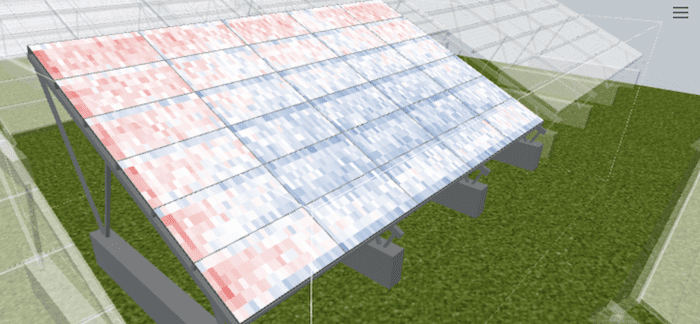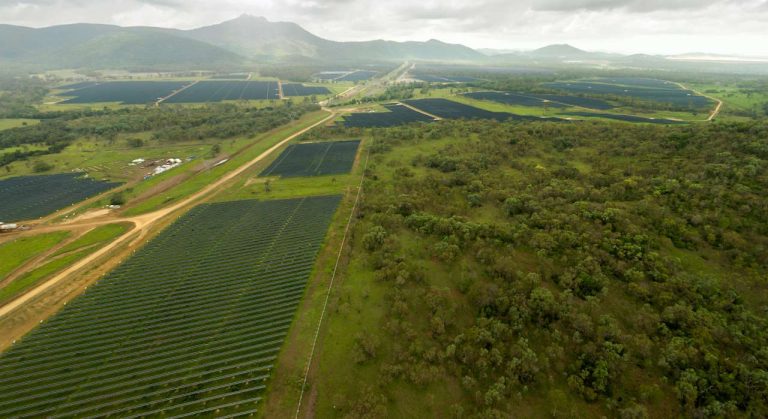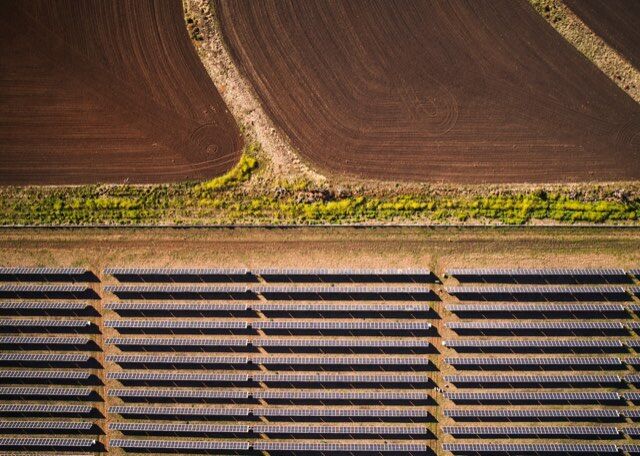ARENA funds hyper-accurate solar software
A company that originated as a free solar data platform in 2011 has secured a substantial $1.97 million grant to enhance its flagship product, now known as “the world’s most advanced solar simulation engine” after 13 years of development.
The Australian Renewable Energy Agency (ARENA) has allocated funding to PV Lighthouse to refine its solar yield prediction software, with the company matching this investment.
Enhancing Solar Yield Forecasting Accuracy
PV Lighthouse and SunSolve’s founder and CEO, Keith McIntosh, highlighted the significance of their SunSolve software in revolutionising solar energy forecasting. McIntosh stated that prior to SunSolve, developers lacked a precise modelling solution to represent their structures and modules accurately. This resulted in the need to estimate various loss factors for yield forecasts.
With SunSolve, developers can now swiftly calculate these factors, providing them with increased confidence in their forecasts. This advantage proves invaluable during project financing negotiations.
The Functionality of SunSolve Yield Software
The SunSolve Yield software operates by generating a digital twin or a 3D digital model of a proposed project. It then computes numerous factors, such as the trajectory of billions of light rays and the impact of shading and light reflections, to predict the yield of each solar panel over time.
Utilising a physics-based optical engine, or ray tracer, the software traces light rays upon impact with the ground. By aggregating these rays in billions, McIntosh’s software can forecast all potential scenarios and transform them into a simplified model within minutes, thanks to cloud computing capabilities.
Enhancing Accuracy with “Fudge Factors”
McIntosh emphasised the significance of “fudge factors” in achieving accuracy, particularly in areas where analysts and software traditionally had to speculate. SunSolve addresses uncertainties such as the impact of reflected light between rows of solar panels, providing a more precise estimation.
By simulating the actual physical structure, SunSolve eliminates the need for guesswork, offering developers concrete data on factors like bifacial reflections. This level of accuracy is invaluable for developers seeking reliable insights.
McIntosh revealed that nine of the top 25 global module manufacturers, including Qcells and Maxeon Solar Technologies, utilise SunSolve to enhance cell design and facilitate development. Following suit, systems developers have adopted the software, with an increasing number of developers recognising its value.
In Australia, PV Lighthouse’s clientele includes 5B, US-based NexTracker, and various undisclosed developers.
Origins and Evolution of SunSolve
The software, established in 2019 through a collaboration with Cypress Creek Renewables and funded by the United States Department of Energy, traces its roots back to PV Lighthouse’s ‘Grand Unified Model of Photovoltaics’. This initiative aimed to consolidate solar power data into a single comprehensive platform.
McIntosh reflected on the inception of this project, attributing it to the Internet revolution. Working at Sunpower in the US and later at ANU, he recognised the slow dissemination of information from researchers to industry. This realisation led to the creation of a unified model on their website, marking the foundation of SunSolve.
By Rachel Williamson






